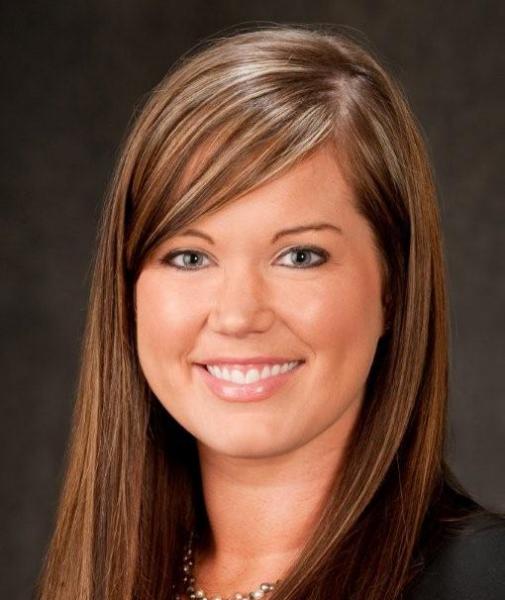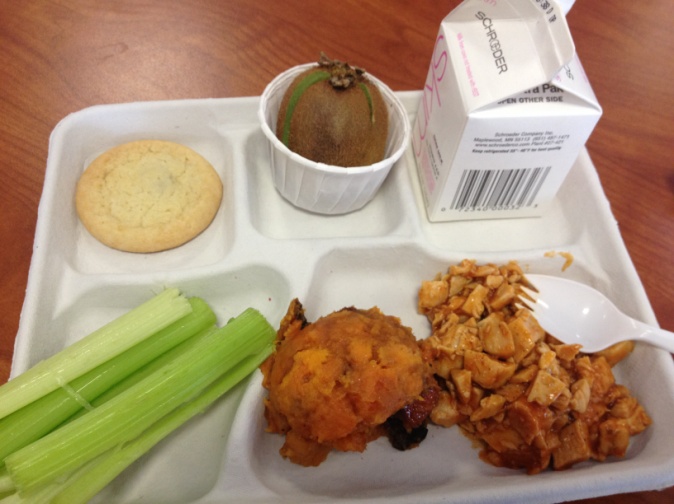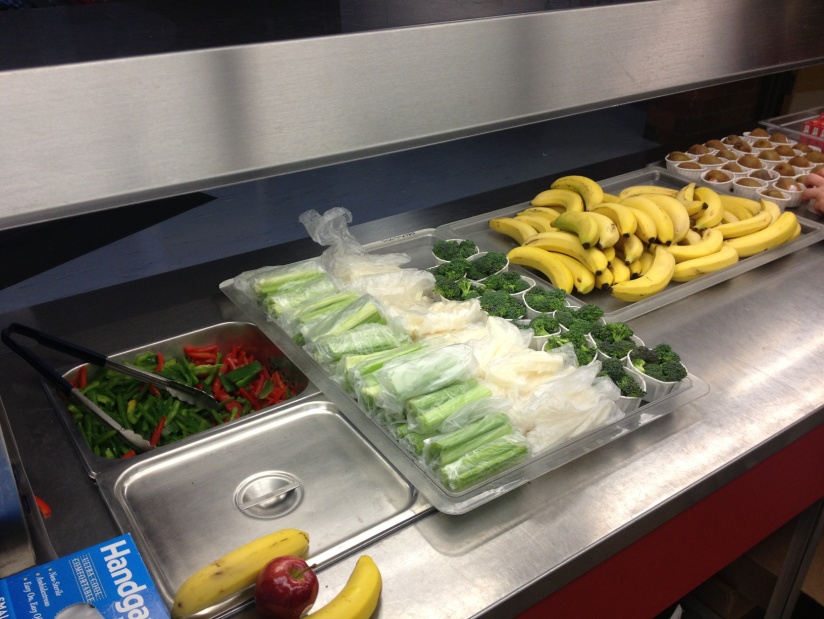Marit Ernesti, Ambassador from the United States, and international tax manager at KPMG, explains how she’s joining the Food Revolution.
Follow Marit, Food Revolution and Jamie Oliver on Twitter:
@MaritErnesti
@FoodRev
@jamieoliver
[[[image-0 medium]]]
(Above: Ambassador Marit Ernesti)
Healthy... Organic... Clean Eating…Everywhere we look there seems to be a nutrition-related buzz. This Friday, May 17th, Norway celebrates its Independence, I celebrate my 28th birthday, and the world celebrates Food Revolution Day - A day where communities, big and small, will come together from around the world and celebrate the beautiful diversity of fresh food, cooking, and good eats.
Last October, at the One Young World Summit in Pittsburgh, Jamie Oliver mentioned two things, which stirred something inside of me and really got me thinking about nutrition back home in Minneapolis. First, he mentioned that, for the first time, deaths from obesity have surpassed deaths from hunger and famine. Enough said. Second, he spoke of the nutrition transition and the need to get back to local nutrition vs. all that good ‘ole western crap. Local and organic food is too expensive? Then how come the poorest communities and villages in our world have some of the best food? Isn’t that a question for us all!
Since the Summit, I’ve worked to educate myself about the problems facing school lunch programs in my community. Thanks largely to the generosity and mentoring of Jimmy McGuire, Director of the Life Time Foundation, and Roxanne Williams, Food Service Director for Minnesota School District 191, I have a better understanding of what school lunch programs are up against today.
[[[image-1 medium left]]]
Not all school lunch is unhealthy! Recently, I had the opportunity to visit Sky Oaks Elementary in Burnsville. This school district is the 15th largest in my state with just under 10,000 kids, who speak 83 languages. It is the district I graduated from. I was able to eat lunch with the students, chat about their favorite food, and watch the food disappear from their plates!
[[[image-2 medium right]]]
Look at this lunch!! Okay, so there is a cookie (the fact that they don’t get dessert everyday was of course voiced by the students), but kiwi, celery, sweet potatoes, BBQ chicken, and skimmed milk! If you didn’t like what I selected, you could have picked from a variety of other options shown below. The changes that Roxanne have implemented are a hit in large part because of the wonderful “lunch ladies” that keep the mood fun and light, really getting to know the kids, and encourage them to try new food.
[[[image-3 medium]]]
It seems that Sky Oaks has it figured out, yet there are still needs. Food Directors are often measured against whether they meet USDA guidelines or not, as well as the overall school lunch participation rate in their schools. If no one is eating lunch, it’s hard to have the support and funding to implement new suppliers, new processes, and new food, all of which can create a need for better cooking utensils and equipment. There is a need for volunteers in the lunch room, sitting with the kids like I did, encouraging them to eat what is on their plates, showing them that hey, if I like it, you might! Schools could also use recipes from Chefs that “get it” – they can’t just add extra butter (there are USDA guidelines!), they need simple recipes that can be turned out quickly and in large quantity (lunch often starts before 11am, and many schools cook breakfast too!), and they need help seasoning (how great would it be to introduce some ethnic dishes especially in schools with so much diversity!)
In Minnesota, nearly 40 percent of public school students benefit from the free or reduced lunch program, translating into the reality that kids often eat breakfast and lunch at school every day, accounting for the majority of their food intake during the school year and increasing the importance of nutrition in school meals. The Life Time Foundation, a non profit started by one of the large Minnesota-based health clubs, partnered with a local elementary to improve the quality and nutrition of its lunch program by eliminating bleached flour, processed sugar, food coloring, high-fructose corn syrup, preservatives, hormones, and trans fats from their lunch menu. Grow Pittsburgh, a charity that I had the pleasure of meeting with during the Edible School Yard break out session at last year's One Young World Summit, is feeding kids in a similar matter for less than a 20 cent daily premium over the price of school lunch. Which financially comfortable families wouldn’t pay this to incorporate healthy choices? For those less fortunate, it seems like a pretty easy ask from businesses and others in the community to fund.
So stay tuned. This is only the beginning, and it’s time for us to take action. Next Up: Continue the conversation. Do just one thing to change the stigma about good food. Share your Food Revolution Day story. Ambassador Erin Ponsonby and I will be tweeting live from the One Young World Twitter account. Join the conversation, change your world! #FRD2013



